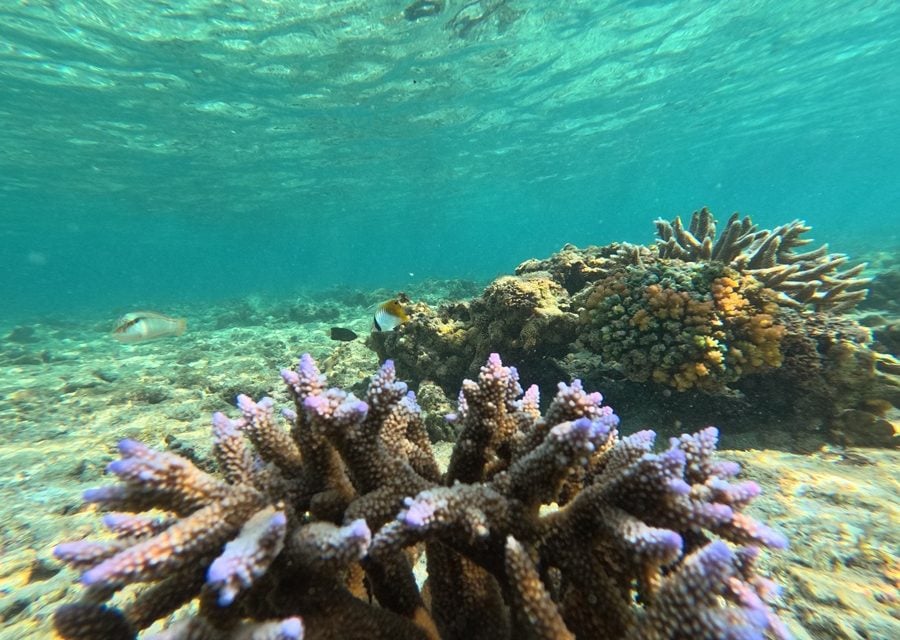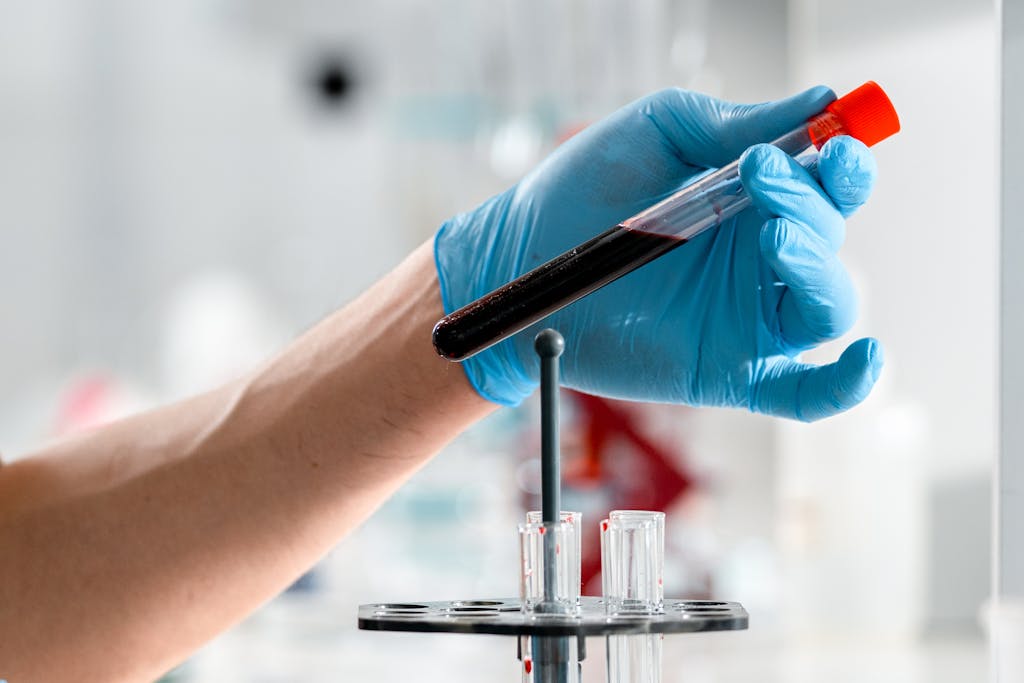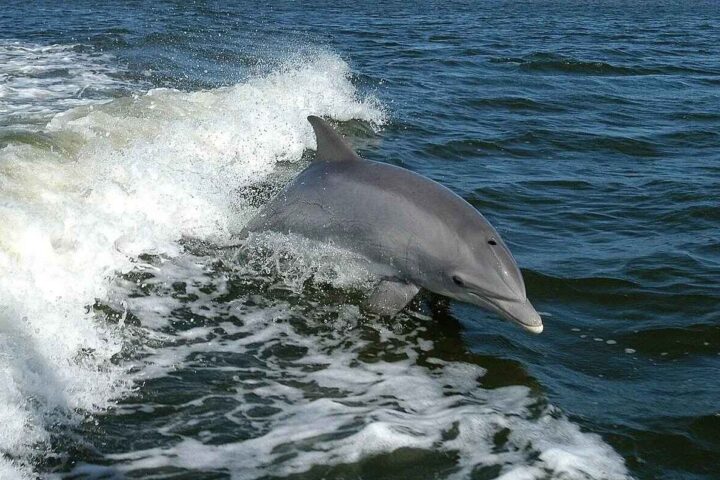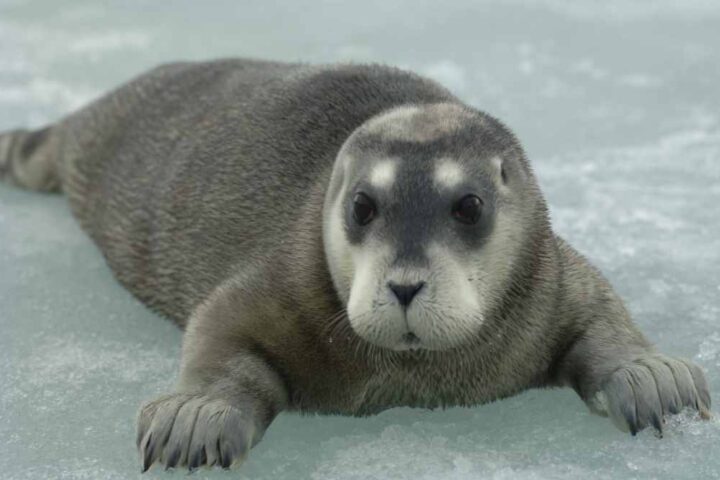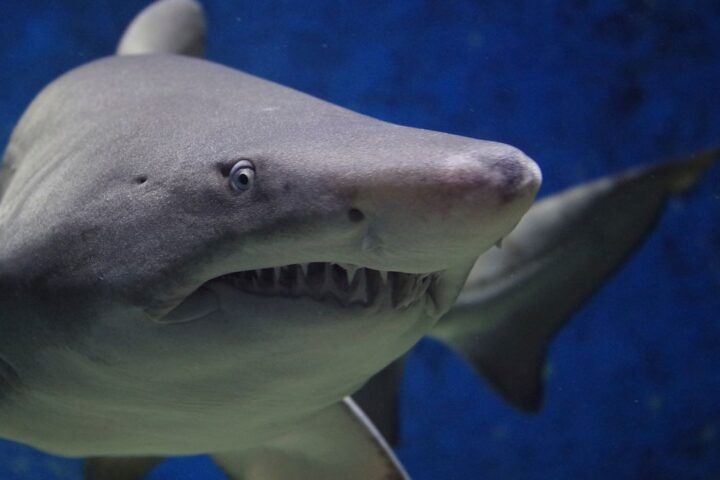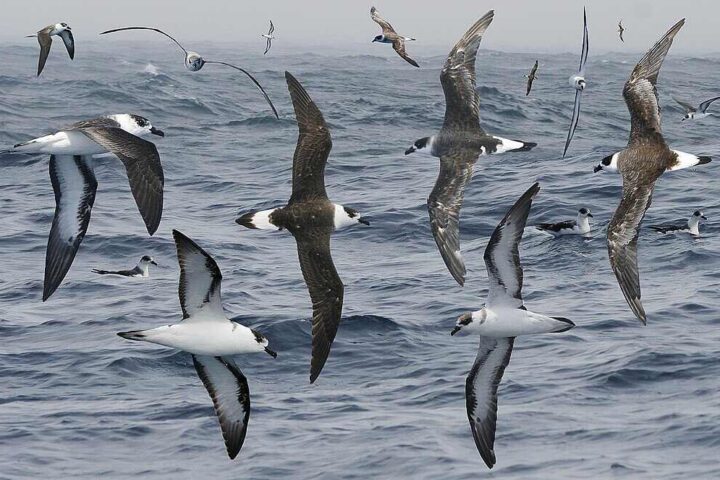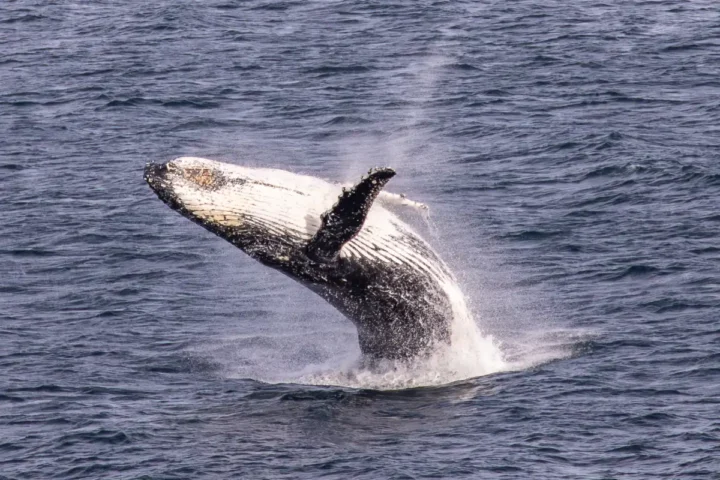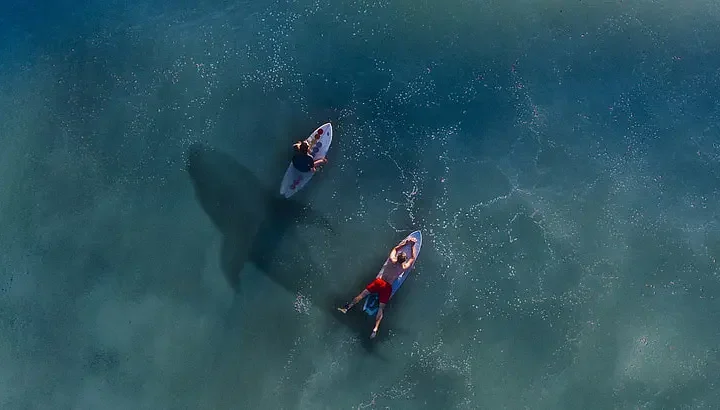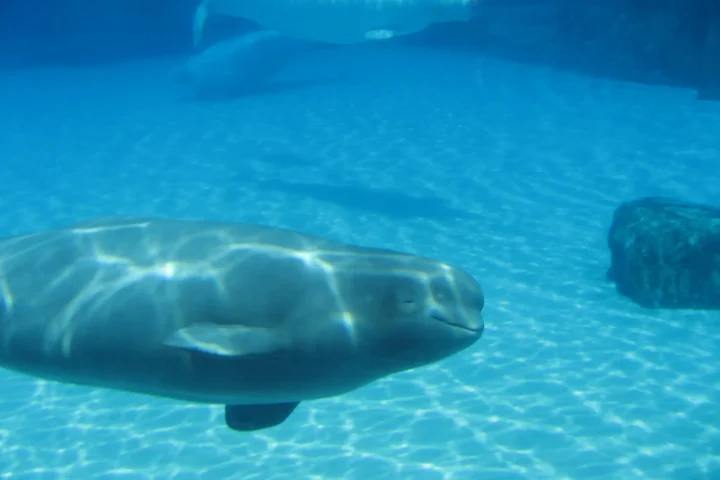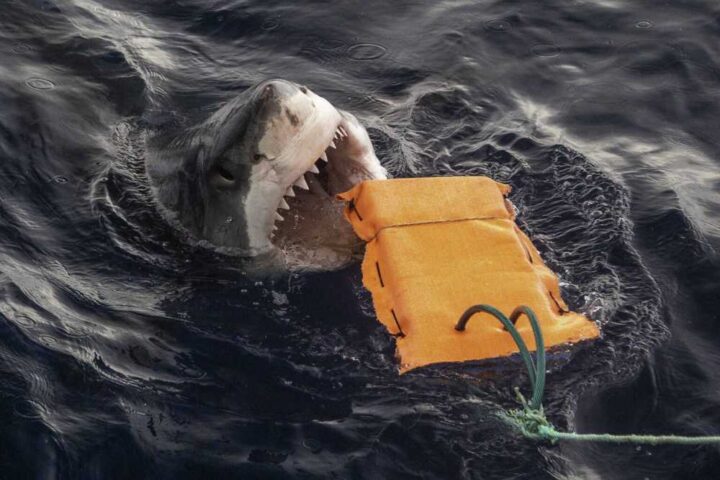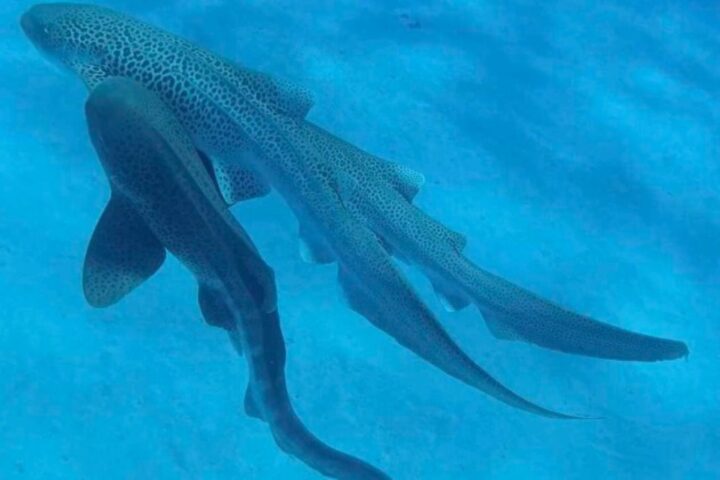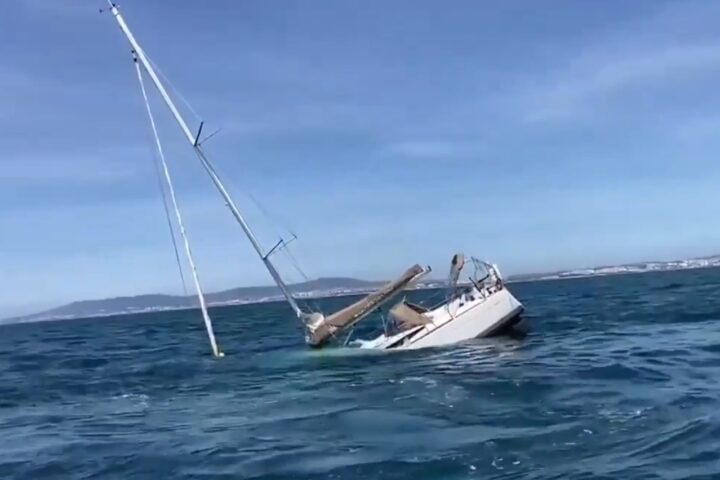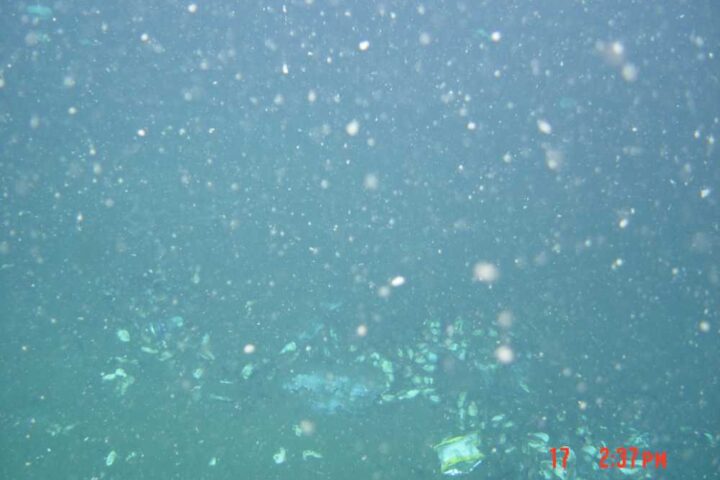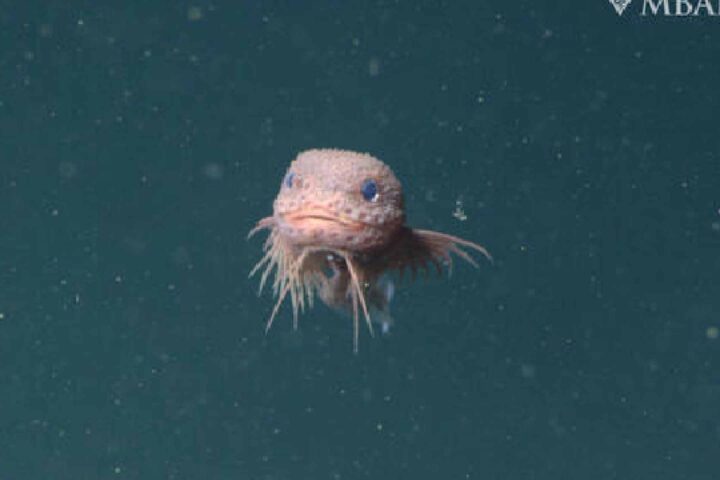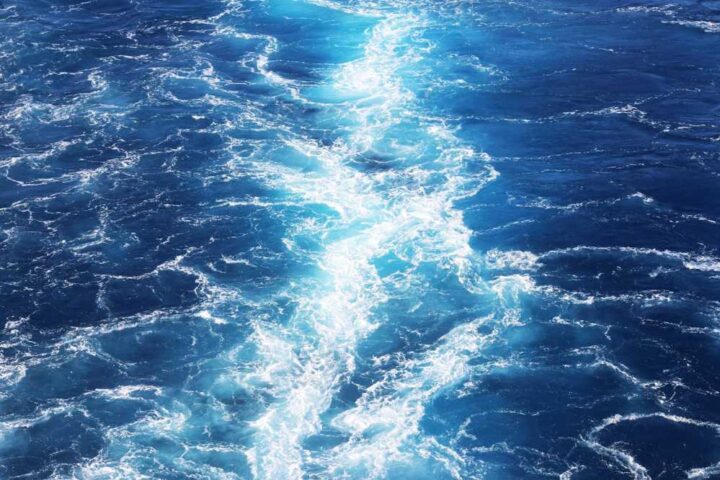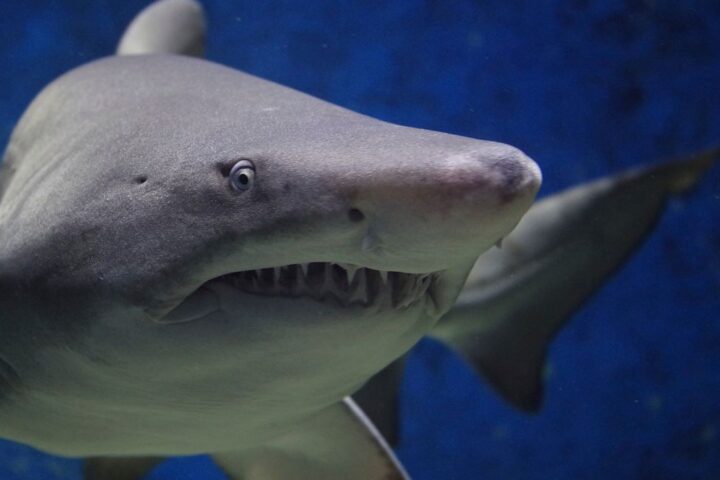Lakshadweep’s stunning white beaches aren’t just beautiful—they’re actually made from the remains of ocean creatures. As climate change threatens these low-lying coral atolls with rising seas, researchers from IIT Gandhinagar have conducted a detailed study examining how these islands form and maintain themselves.
A recent study from IIT Gandhinagar’s REEFS Lab examined sediment dynamics in Agatti and Kavaratti atolls. The research team collected 66 sediment samples (42 from Agatti and 24 from Kavaratti) during field investigations conducted in March and October 2023.
“Our goal is to map spatial variability in sediment type produced by different organisms and how natural forcings and anthropogenic activity influences the sediment production, accumulation, and their redistribution across the length and breadth of the atoll lagoons and islands,” explained Prof Pankaj Khanna, Associate Professor in Earth Sciences at IITGN and lead investigator of the study.
The research suggests that the majority of lagoon sediments consist of biogenic material—fragments of coral, molluscs, and tiny shell-forming organisms called foraminifera. These biological remains gradually accumulate to build the very land that makes up these islands.
Waves, currents, and tides significantly influence how these biological fragments move and settle. The shallow lagoons of Agatti and Kavaratti, averaging just 2 to 4 meters deep, are particularly sensitive to these water movements.
The study indicates that human activities like dredging can alter sediment composition in affected areas. This suggests that anthropogenic disturbances are changing the sediment-producing ecosystem, potentially affecting the islands’ ability to sustain themselves.
Pollution presents another challenge. Studies have detected elevated levels of heavy metals in Kavaratti lagoon sediments, with sources including diesel generators, shipping, untreated sewage, and tourism runoff.
The coral reefs that supply much of the island-building material face growing threats from climate change. A Department of Science & Technology survey recorded significant coral bleaching on Kavaratti’s western reef, following a pattern of increasingly severe bleaching events.
Similar Posts
Sea levels around Lakshadweep have been rising, and climate projections suggest this trend will continue. This poses a significant threat to these low-lying islands, particularly to the reef flats where sediment accumulates.
Different parts of the atoll ecosystem contribute to island formation. Patch reefs, reef flats, and seagrass meadows all play roles in producing calcium carbonate, the material that eventually forms island sediment.
The study underscores how crucial it is to safeguard the organisms and habitats that create these islands. Each geomorphic zone within the lagoons supports distinct biological communities and plays a different role in sediment production and accumulation.
The Union Territory administration has implemented several protective measures to help preserve these fragile island ecosystems. These include coastal management plans and restrictions on development near sensitive reef areas.

As Lakshadweep faces increasing environmental pressures, understanding the natural processes that build and maintain these islands becomes vital for implementing effective conservation strategies.
The research provides valuable insights into the complex interplay between biological processes, ocean dynamics, and human activities that shape these unique island ecosystems—helping to inform strategies for their protection in the face of climate change and development pressures.
